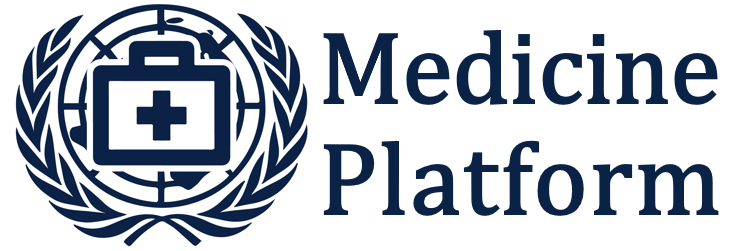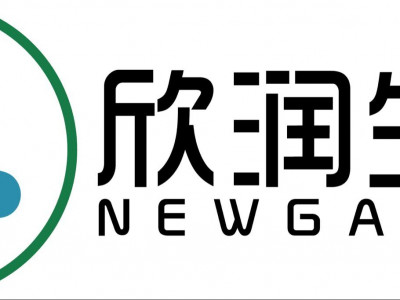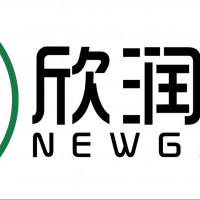- 细胞名称:HEK-293A细胞(人胚肾细胞)
- 形态:上皮型,贴壁生长
- 含量:>1x106 个/瓶
- 污染:支原体、细菌、酵母和真菌检测为阴性
- 规格:T25瓶或者1mL冻存管包装
二、细胞接收后的处理:
1、贴壁细胞
- 收到T25方瓶细胞后,请检查是否漏液,如果漏液,请拍照片发给我们(冻存管细胞收到后直接37℃水浴复苏或直接放置于液氮中长期储存)。
- 请先在显微镜下确认细胞生长状态,去掉封口膜并将T25瓶置于37℃培养约2-3h。
- 弃去T25瓶中的培养基,换用新鲜的完全培养基。
- 如果细胞长满(90%以上)请及时进行细胞传代。
- 接到细胞次日,请检查细胞是否污染,若发现污染或疑似污染,请及时与我们取得联系。
2、悬浮细胞
- 收到细胞后,请检查是否漏液,如果漏液,请拍照片发给我们。
- 请先在显微镜下确认细胞生长状态,去掉封口膜并将15ml离心管置于37℃培养约2-3h。
- 1200rpm离心5min,弃去15ml离心管中的培养基,细胞沉淀用新鲜的完全培养基重悬并培养。
- 如果细胞长满(90%以上)请及时进行细胞传代。
- 接到细胞次日,请检查细胞是否污染,若发现污染或疑似污染,请及时与我们取得联系。
本公司的细胞培养操作规程,供参考
一、培养基及培养冻存条件准备:
- 准备H-DMEM培养基,90%;优质胎牛血清,10%。
- 培养条件: 气相:空气,95%;二氧化碳,5%。 温度:37℃,培养箱湿度为70%-80%。
- 冻存液:90%血清,10%DMSO,现用现配。液氮储存。
对于贴壁细胞,传代可参考以下方法:
- 弃去培养上清,用不含钙、镁离子的PBS润洗细胞1-2次。
- 加2ml消化液(0.25%Trypsin-0.53mM EDTA)于培养瓶中,置于37℃培养箱中消化2-3分钟,然后在显微镜下观察细胞消化情况,若细胞大部分变圆并脱落,迅速拿回操作台,轻敲几下培养瓶后加入3ml此细胞的培养基终止消化。
- 轻轻吹打后吸出,移入15ml离心管中,在1200RPM条件下离心5分钟,弃去上清液,加入1mL培养液后吹匀。
- 移入到事先准备好的含有5ml培养基的T-25培养瓶中或含有14ml培养基的T-75培养瓶中培养。
3)细胞冻存:待细胞生长状态良好时,可进行细胞冻存。贴壁细胞冻存时,先要消化处理并进行细胞计数。消化方法按照细胞传代方法的1-3步骤进行,最后的重悬液使用血清。悬浮细胞直接计数后离心,用血清重悬浮,加DMSO至最终浓度为10%。加入DMSO后迅速混匀,按每1ml的数量分配到冻存管中。本公司按每个冻存管细胞数目大于1X106个细胞冻存。
注意事项:
1. 收到冻存管细胞后,若发现干冰已挥发干净、冻存管瓶盖脱落、破损及细胞有污染,请立即与我们联系。
2. 所有动物细胞均视为有潜在的生物危害性,必须在二级生物安全台内操作,并请注意防护,所有废液及接触过此细胞的器皿需要灭菌后方能丢弃。
3. 细胞用途:仅供科研使用。
发货方式:
复苏后发货:我们复苏细胞后发货,货期一周左右,免运费。(气温较好建议复苏后发货)
冻存发货(干冰运输):需额外增加干冰运费,选择干冰运输的我们发两管细胞,为了保证客户接种可靠性多发一管。(气温低于0℃须冻存发货)
细胞发货采取专业的运输包装,并选择最快捷的运输方式(顺丰速运或其他空运快递)
Detergent induction of HEK 293A cell membrane permeability measured under quiescent and superfusion conditions using whole cell patch clamp.
Detergents have several biological applications but present cytotoxicity concerns, since they can solubilize cell membranes. Using the IonFlux 16, an ensemble whole cell planar patch clamp, we observed that anionic sodium dodecyl sulfate (SDS), cationic cetyltrimethylammonium bromide (CTAB), and cationic, fluorescent octadecyl rhodamine B (ORB) increased the membrane permeability of cells substantially within a second of exposure, under superfusion conditions. Increased permeability was irreversible for 15 min. At subsolubilizing detergent concentrations, patched cells showed increased membrane currents that reached a steady state and were intact when imaged using fluorescence microscopy. SDS solubilized cells at concentrations of 2 mM (2× CMC), while CTAB did not solubilize cells even at concentrations of 10 mM (1000× CMC). The relative activity for plasma membrane current induction was 1:20:14 for SDS, CTAB, and ORB, respectively. Under quiescent conditions, the relative ratio of lipid to detergent in c...Effect of anti-microbial oligomers on HEK293A cell membrane
This paper presents results from a study of the interaction of amphiphilic phenylene ethynylene antimicrobial oligomer (AMO-1, 2 and 3), a synthetic antimicrobial peptides (AMP) analogs, with HEK 293A (human embryonic kidney) cell line using a high throughput whole cell patch clamp technique. Cells are patched in an Ion Flux 16 instrument and electric response of the cells, due to the damage or pore formation, in the cell membrane is monitored. On average, the increase in the electric signal was 25±5 nA for AMO-1, for AMO-2 was 10±2 nA and for AMO-3 was multiples of few nanoAmpere current steps that added up to 25±5 nA. Our results show that the degree of interaction and disruption of the AMOs with HEK 293A cells are different and dependent on the hydrophobic chain length of them.
<



